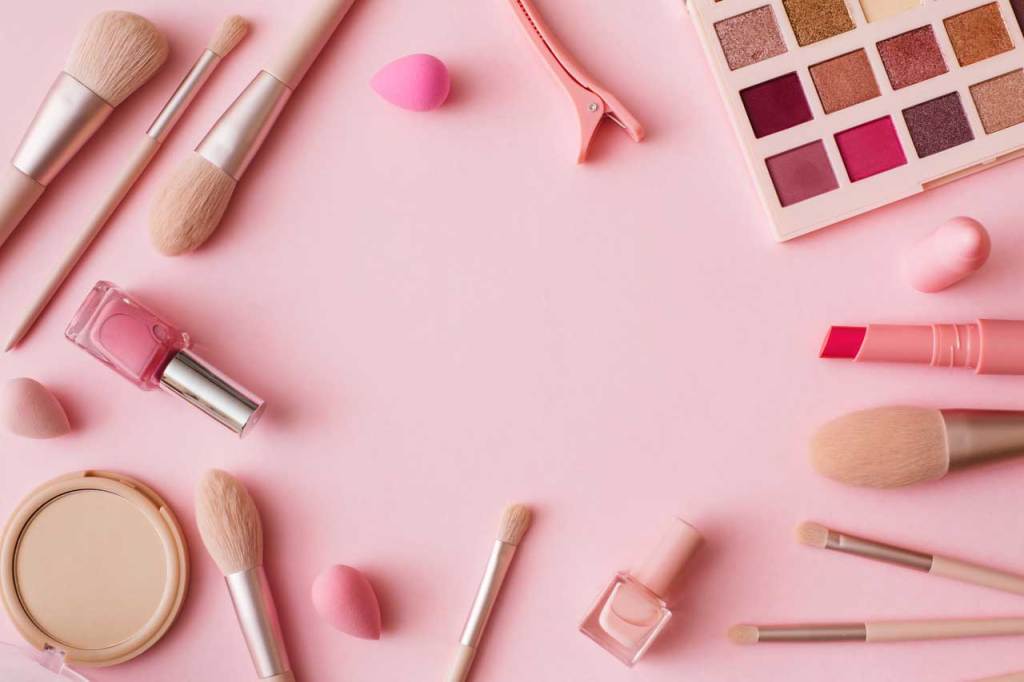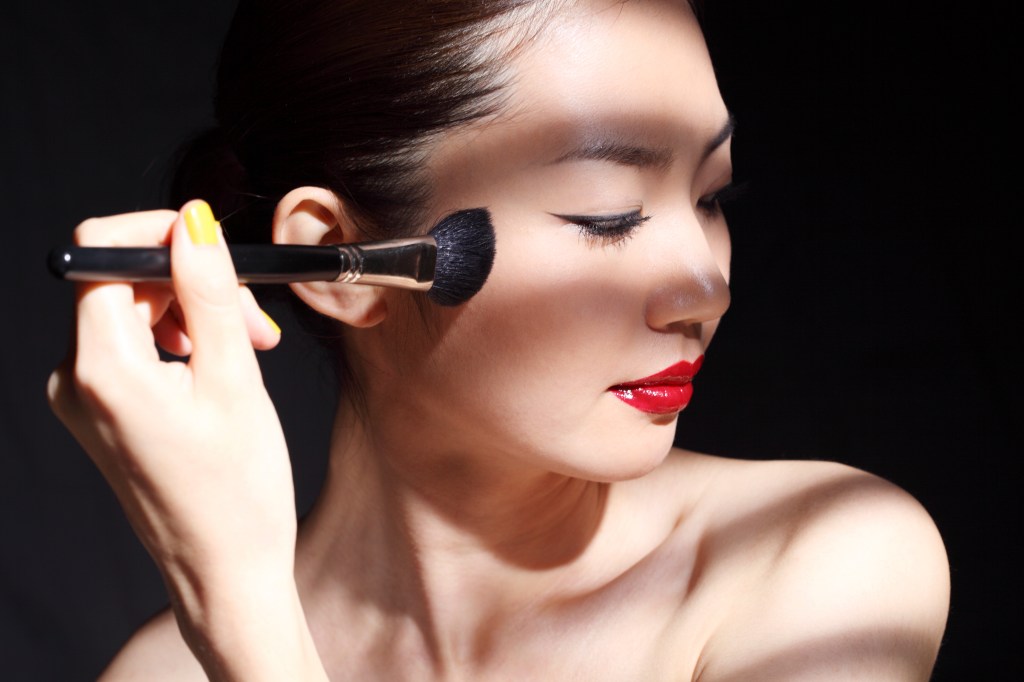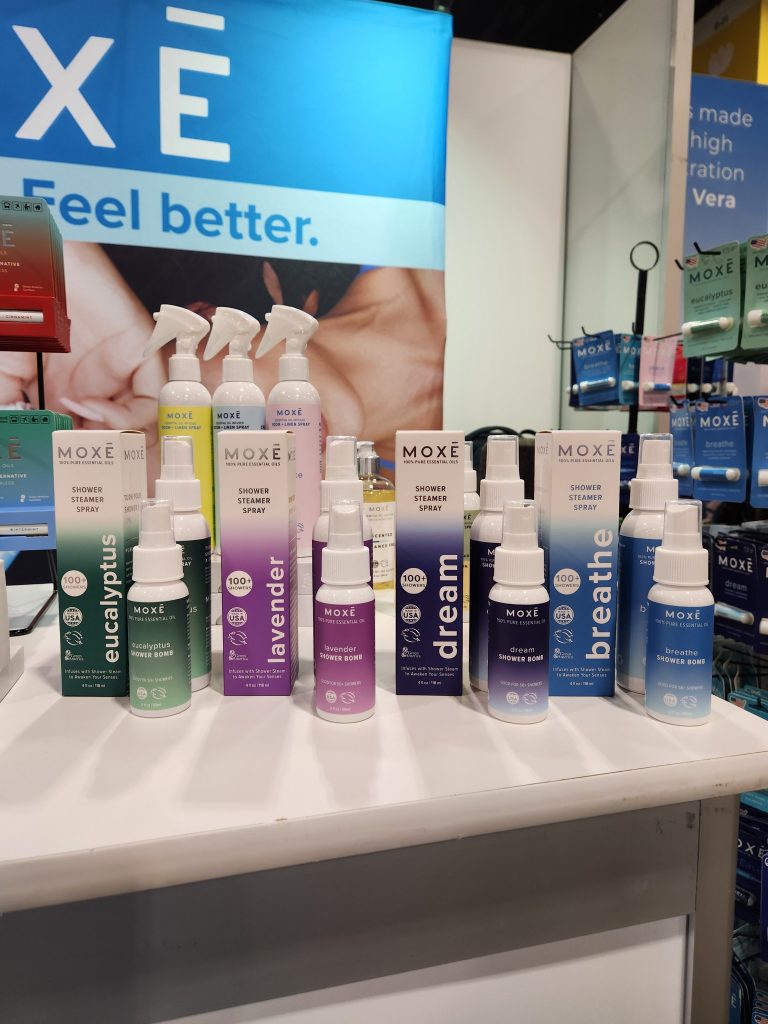If adjacent categories are incorporated, the full market view of beauty and wellness is $140.7B, which expands the beauty category by 45%. These adjacent categories are ones that consumers are cross shopping with most often and are closest in to trends we are seeing in beauty. This includes personal health, supplements, functional beverages & drinkable supplements, and candles & fragrance oils. Within these categories, growth is driven by clean, free from, and health supporting ingredients. For example, in personal health, search volume growth for plant-based grew 100% and CBD ingredients grew 95%. In beverages, search volume growth for sugar free functional beverages grew 82%, and water with energy support grew 199%.
As wellness becomes less of a trend and more of a way of life, retailers are carving out space to add wellness-focused products. While the continued expansion into wellness is exciting, that shelf space will need to come from current distribution of traditional beauty categories. With this, beauty brands will need to defend their legacy categories or look for opportunities to capitalize on this growing trend. How the consumer is thinking about beauty is evolving, and retailers are adjusting their assortment to reflect these changing shopping behaviors.




